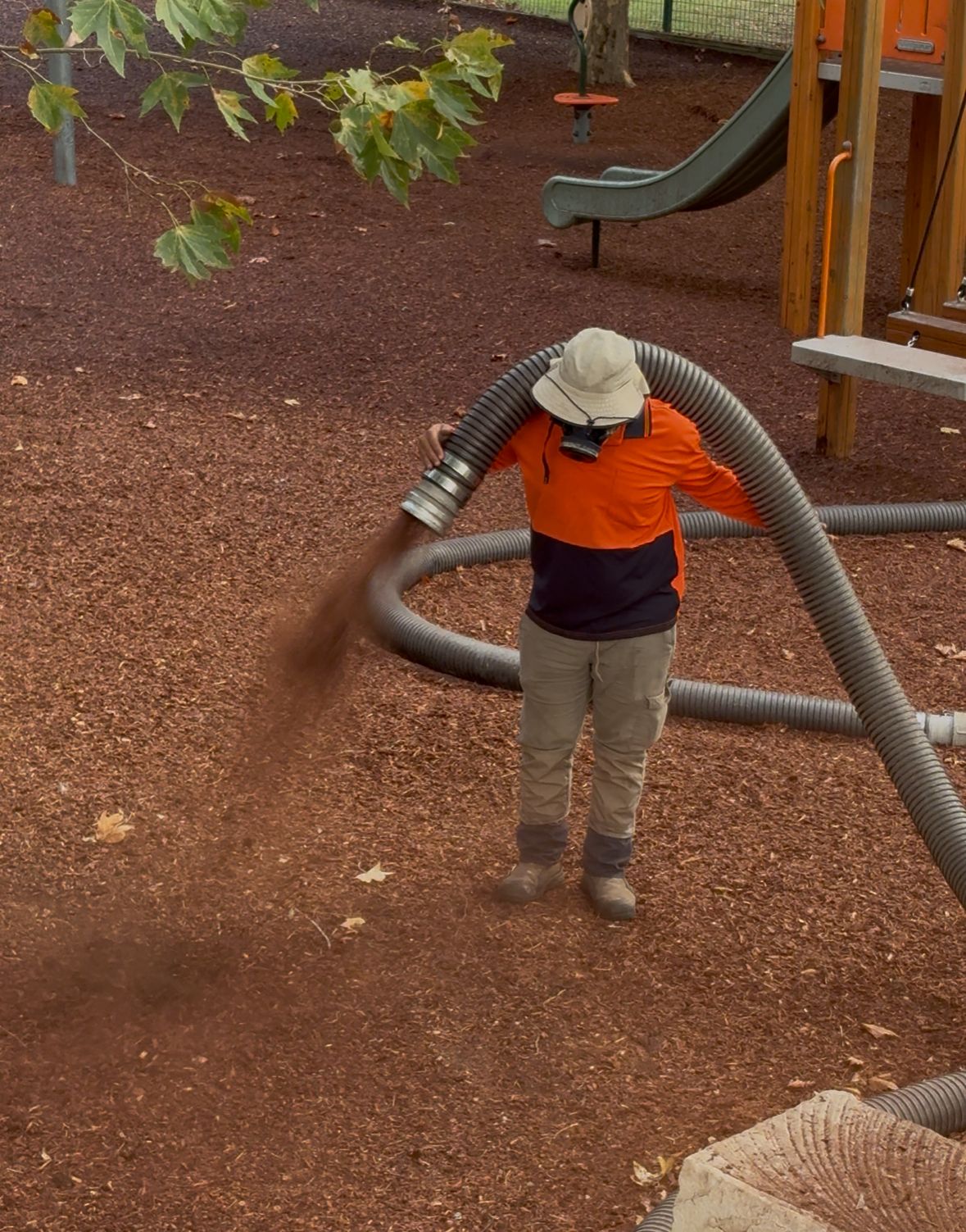When a swimming pool has fallen out of use or proved too costly to maintain, backfilling is the most reasonable solution. Swimming pool backfilling is done by more and more homeowners to reclaim backyard space, save some dollars, or remove an otherwise serious hazard. Pool backfilling issues cause problems: they give you one less thing to worry about filling in a pool, cleaning, or repairing-a pool-so you can focus on landscaping.
This article is going to explain what a swimming pool backfill is, why one might want one, how the process is carried out, and the expected costs involved.
What does backfilling a swimming pool entail?
Backfilling a swimming pool refers to filling an already existing pool with dirt, gravel, or whatever other inert material to render it permanently out of use. In other words, backfilling typically does not involve a complete demolition from scratch or in other words, the top portion of the pool walls may be taken off, followed by filling the cavity.
The advantages are that it is cheaper, it takes less time than a complete demolition and restoration of the backyard to be used in other forms such as garden, lawn, and play areas with playground mulch or soft fall mulch for the kids to play.
Why backfill swimming pools?
Homeowners choose to backfill swimming pools for many reasons:
- Maintenance savings – When pools are maintained for use, expenses for cleaning, chemicals, and repairs start to add up over time.
- Lower water bills – Pools, when filled constantly, tend to be a costly affair, and with no filling required, the water utility charges go down.
- Safety – An empty pool can be hazardous, for example: children or stray animals.
- Reclamation of space – On backfilling, the area can be made into a lovely yard for landscaping, gardening, or entertaining.
- Property value – Conversely, in some areas, houses without pools are a little easier to sell. A home with a pool somewhat halves its market.
When swimming pool backfilling is chosen, property owners can invest in landscape materials to transform the area into something more functional and pleasing to look at.
Backfilling a swimming pool
Swimming Pool Backfilling comprises several significant steps:
- Draining the pool – Pumping out all water safely.
- Demolition works – The upper portion of pool walls is demolished, giving way to drainage and reducing soil movement later.
- Filling material – Layers of gravel, soil, or rubble of some sort are added, compacted at every stage to prevent the soil from sinking.
- Loading top layer finishing-Ready-to-landscape compacted soil.
Machinery is often at the disposal of professional contractors to maintain a level fill and stability. Design variations may bring grass in accent, garden beds, or even bark blowing services for even distribution of mulch.
Materials used to backfill swimming pools
From a choice standpoint, these materials are considered crucial to the stability of grounds. Included are:
- Gravel or crushed rock for drainage.
- Clean soil or sand to maintain structure.
- Backfill of recycled rubble from demolitions.
Correct layering of these materials will protect the pool cavity from sinking or shifting with time. Many contractors deal frequently with suppliers like Mega Mulchers to assist in deliveries and spreading solutions.
Cost to fill a pool
I guess the first question coming to mind would be about the costs associated with backfilling. Filling a Pool cost depends on:
- Size of the pool-goes to the amount of fill required.
- The type of material used-gravel, soil, or rubble have different price tags.
- Labour and machinery-fees for excavation, demolition, and compaction services as charged by professional contractors.
- Site accessibility – Difficult-to-reach backyards may incur a hike in costs.
Somehow on average, it always costs much less to fill a pool than to remove it. It saves the homeowner money in the long run since there is no maintenance to be performed, and backfilling a pool costs water and chemical bills.
Advantages after footbacking a pool
After footbacking a pool, homeowners enjoy several advantages:
- A larger area for use-This can be used for landscaping, patios, or even as an area where children will have fun.
- Environmentally friendly usage-Reduces water consumption and chemical usage.
- Easy landscaping-Can be readily landscaped with any landscape material such as mulch or soil.
- Safety concerns-Eliminates danger or concern from the unused or deteriorated pool.
Some homeowners take it this extra mile by installing an eco-friendly play area with playground mulch or decorative softfall mulch to create a lovely backyard that is child-friendly and inviting.
Conclusion
Draining the swimming pool is indeed a practical, economical, and ecological means of disposal for any homeowner wanting to cease maintenance on an old or unused pool. The process is good for recovering valuable exterior space, reducing ongoing cost incursions, and has become a fairly good safety issue. With the professionals, right materials, and creative landscape supplies, the reclaimed space can be turned into a beautiful and affecting aspect of your property.
Whether you get bark blowing to landscape, put in some good playground mulch for the kids, or bring in the mighty Mega Mulchers that do supply all their own digging and handling, the backyard should be much easier to maintain and more enjoyable to spend time with the entire family.










































%201%201.png)











